Circa 2015
A look at the application of fluctuating magnetic fields, especially the Cells Alive System (CAS), in food refrigeration.


“I was focused on those 10 people up front that were simulating a tactical operation and a little less so on the screens,” McCarthy told reporters the day after the exercise. “The only screens that I really cared about were the lower ones that showed how they were moving the pieces from the battlefield.”
In other words, Project Convergence was not about the boom. It was not about hitting the targets.
Which is good. Because not all of them did.
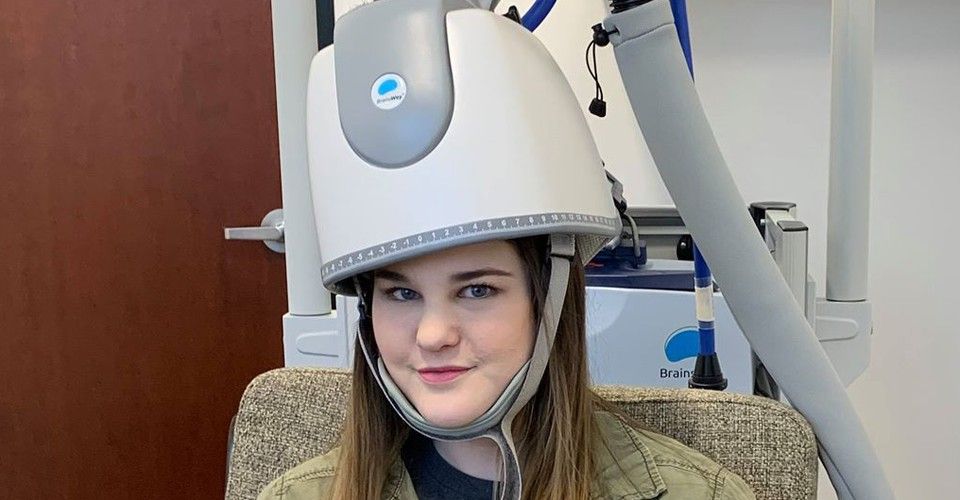
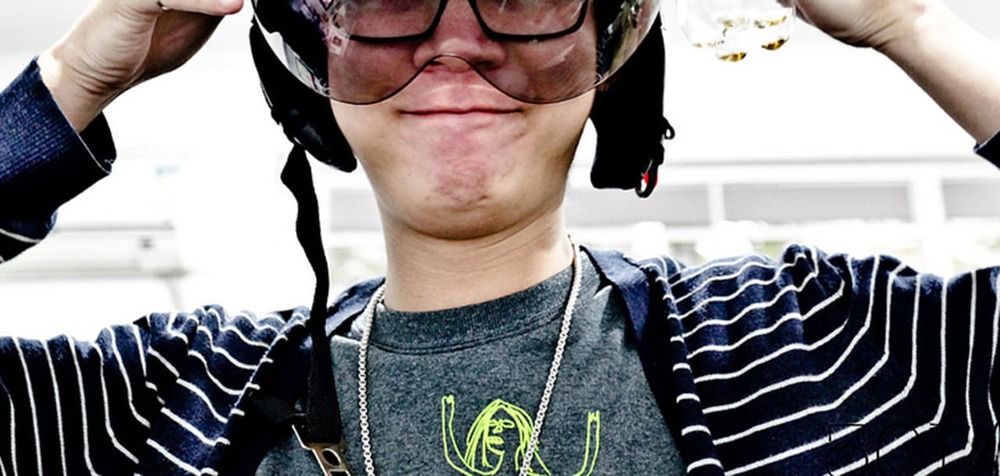
Circa 2013
“When the induced field is above a certain threshold, and is directed in an appropriate orientation relative to the brain’s neuronal pathways, localized axonal depolarizations are produced, thus activating the neurons in the relevant brain structure.”
First the machine is calibrated by placing it over a part of the brain that causes the subject’s hand to move. Then the coils are aimed at the brain region under treatment. The treatment lasts about 15 to 30 minutes, repeated over several weeks, and is noninvasive–all the person feels is a slight buzzing, and there are no side effects. This makes it a more palatable relative of other treatments that also target the brain directly, such as electroconvulsive therapy (formerly electroshock), or surgically implanted electrodes.

At around 60 million light-years from Earth, the Great Barred Spiral Galaxy, NGC 1365, is captured beautifully in this image by the NASA/ESA Hubble Space Telescope. Located in the constellation of Fornax (the Furnace), the blue and fiery orange swirls show us where stars have just formed and the dusty sites of future stellar nurseries.
At the outer edges of the image, enormous star-forming regions within NGC 1365 can be seen. The bright, light-blue regions indicate the presence of hundreds of baby stars that formed from coalescing gas and dust within the galaxy’s outer arms.
This Hubble image was captured as part of a joint survey with the Atacama Large Millimeter/submillimeter Array (ALMA) in Chile. The survey will help scientists understand how the diversity of galaxy environments observed in the nearby universe, including NGC 1365 and other galaxies such as NGC 2835 and NGC 2775, influence the formation of stars and star clusters. Expected to image over 100,000 gas clouds and star-forming regions beyond our Milky Way, the PHANGS survey is expected to uncover and clarify many of the links between cold gas clouds, star formation, and the overall shape and morphology of galaxies.
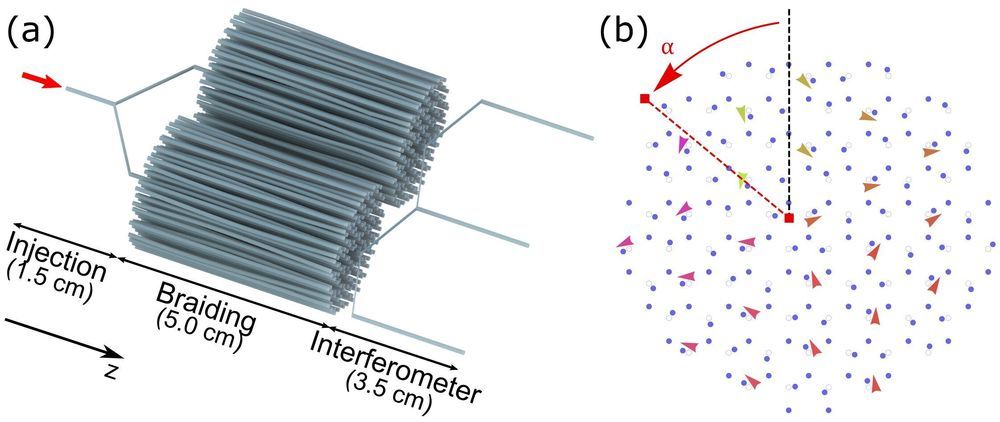
Physics theory suggests that exotic excitations can exist in the form of bound states confined in the proximity of topological defects, for instance, in the case of Majorana zero modes that are trapped in vortices within topological superconducting materials. Better understanding these states could aid the development of new computational tools, including quantum technologies.
One phenomenon that has attracted attention over the past few years is “braiding,” which occurs when electrons in particular states (i.e., Majorana fermions) are braided with one another. Some physicists have theorized that this phenomenon could enable the development of a new type of quantum technology, namely topological quantum computers.
Researchers at Pennsylvania State University, University of California-Berkeley, Iowa State University, University of Pittsburgh, and Boston University have recently tested the hypothesis that braiding also occurs in particles other than electrons, such as photons (i.e., particles of light). In a paper published in Nature Physics, they present the first experimental demonstration of braiding using photonic topological zero modes.

Seismic waves, commonly associated with earthquakes, have been used by scientists to develop a universal scaling law for the sense of touch. A team, led by researchers at the University of Birmingham, used Rayleigh waves to create the first scaling law for touch sensitivity. The results are published in Science Advances.
The researchers are part of a European consortium (H-Reality) that are already using the theory to develop new Virtual Reality technologies that incorporate the sense of touch.
Rayleigh waves are created by impact between objects and are commonly thought to travel only along surfaces. The team discovered that, when it comes to touch, the waves also travel through layers of skin and bone and are picked up by the body’s touch receptor cells.
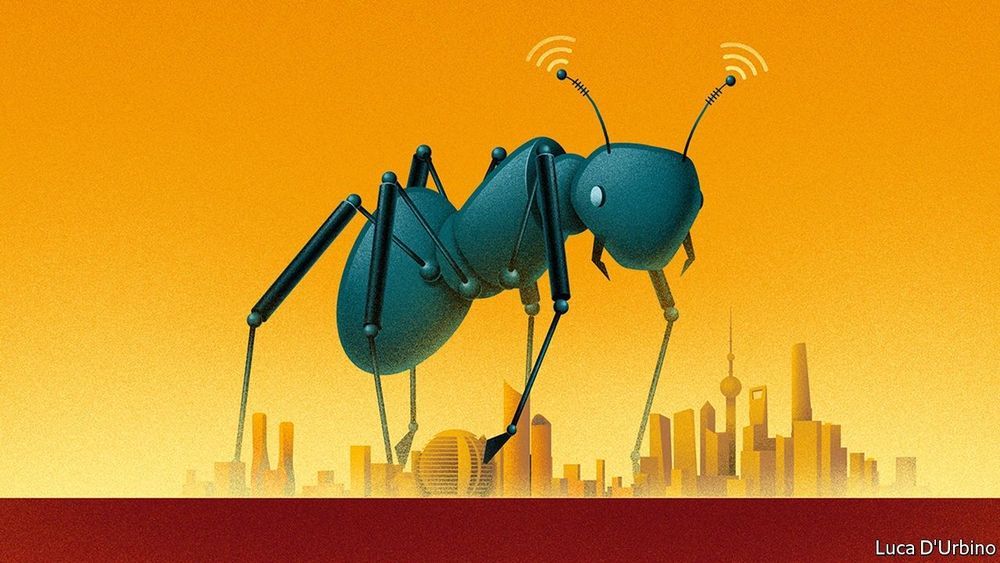
If the surge in digital finance is universal, the business models behind it are not. In Latin America look out for digital banks and e-commerce pioneers such as Nubank and MercadoLibre, owner of Mercado Pago. In South-East Asia Grab and Gojek, two ride-hailing services, are becoming “super-apps” with financial arms. Fintech firms now provide the majority of consumer loans in Sweden. In America credit-card firms such as Visa (the world’s most valuable financial firm), digital-finance giants such as PayPal (the sixth) and the big banks both co-operate and compete. Tech giants such as Apple and Alphabet are dipping their toes in, tempted by the financial industry’s $1.5trn global pool of profits.
A blockbuster listing shows how fintech is revolutionising finance.
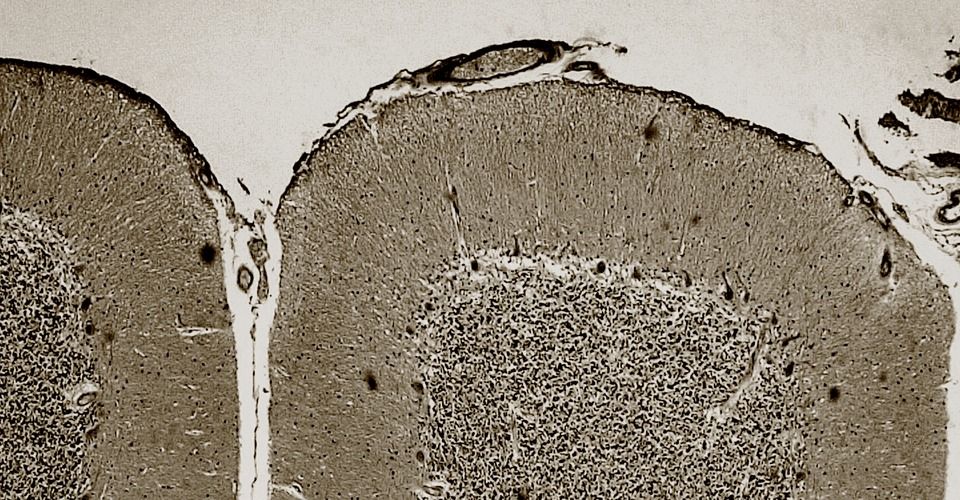

In the world of extreme auto, there are no machines that are more intimidating than monster trucks. With their massive engines and giant tires, monster trucks are associated with pure automotive mayhem and insanity. And if there is anything that’s still largely missing from the monster truck scene, it is the presence of all-electric vehicles. A Tesla Cybertruck could probably change this status quo.
Automotive 3D concept specialist shubbak.3D recently shared his take on what a “Monster Edition” of the Tesla Cybertruck could look like. The artist did pretty well in his concept, adding classic monster truck flourishes to the already domineering Cybertruck. The beast of the machine is pictured with numerous modifications such as a body kit, high suspension, and giant wheels.